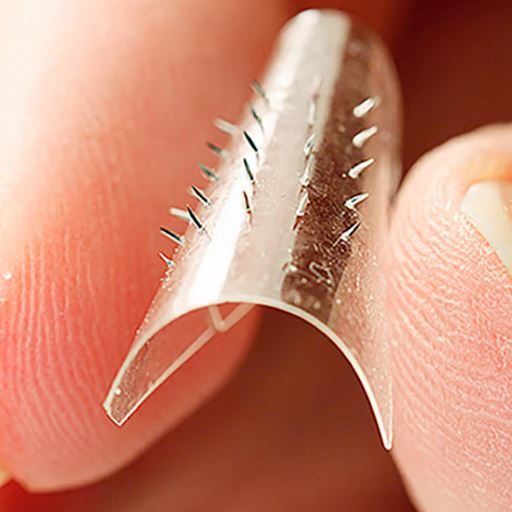
To better understand the mechanisms of skin physiology, Ashland’s Vincience research team employs bioinformatics, an interdisciplinary science that combines genomics data, statistical methods, and biology. Using a range of “bioinformatic tools,” data are compiled that may be used to correlate some gene and protein expressions to specific areas of skin function. Establishing the correlations enables the team to create bioinformatic models to predict, for example, how small non-coding RNA molecules (microRNAs) control gene expression levels to modulate skin function.
In actuality, bioinformatic models created in the Vincience laboratory take into account a range of biologic entities, like genes, proteins, microRNAs, long non-coding RNAs and chemicals or drugs regrouped by biologic functions or signaling pathways. Creating highly dynamic bioinformatic models enables the team to simulate (via bioinformatics tools) the down- or up-regulation of certain genes or other components involved in the model and the ability to visualize the potential chain reaction on connected genes.
“This bioinformatics approach is highly innovative,” said Catherine Serre, MES, research engineer, Ashland Specialty Ingredients. “Indeed, the usual main applications of bioinformatics tend to be basic sequence analyses, gene expression studies (microarrays), as well as 3D protein structure analyses.”
Under the direction of Jean-Marie Botto, Ph.D, senior manager and lead molecular biologist at the Vincience Global Research Center, Ms. Serre and other research scientists develop complex bioinformatic models to understand how interactions between groups of genes may be managed to improve the appearance of skin.
“Dynamic bioinformatic models that include a range of molecules allow us to visualize the relationships between genes, and accordingly, they present a more complete picture of the biological processes associated with skin function. At the same time, these models may be used to identify new biologic interconnections and, therefore, new pathways and new biologic functions for the biofunctionals in Ashland’s portfolio. In doing so, we expand our bioinformatics models with genes or proteins involved in other biological functions and better visualize new interconnections,” she said.
Establishing interconnections among a group of genes using bioinformatics, for example, may point out specific areas of skin regulation, such as skin barrier integrity and skin tone. Groups of genes may also work together to counter stress. Identifying these interconnections opens new opportunities for the skin care industry to develop ingredients to target in vitro very precise physiologic mechanisms.
Bioinformatics enables researchers to build a predictive model with respect to gene interactions and the likely outcomes in terms of skin function. However, these predictive models require verification. Tests conducted by the Vincience research team are performed in vitro on primary cell cultures, on various models of engineered skin tissues (developed in-house) and ex vivo skin biopsies.
Today, the research team at the Vincience Global Research Center works with a number of skin care companies to identify networks of gene interactions that may potentially be modulated to better manage common skin conditions that become evident with aging, or following exogenous stress, such as environmental pollution. For more information about bioinformatic modeling, contact us.









 Follow us on Linkedin!
Follow us on Linkedin!
You must be logged in to post a comment.